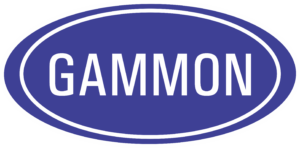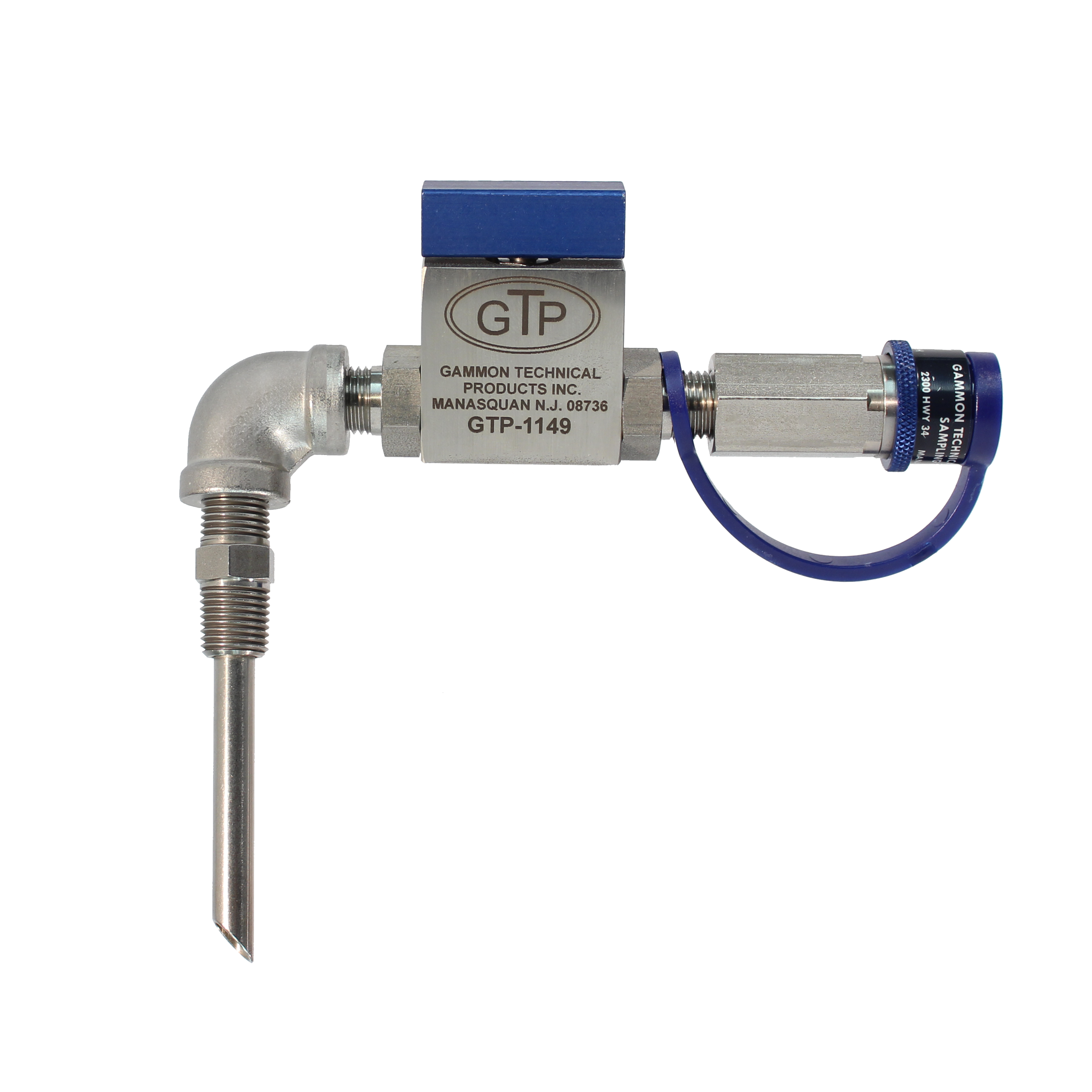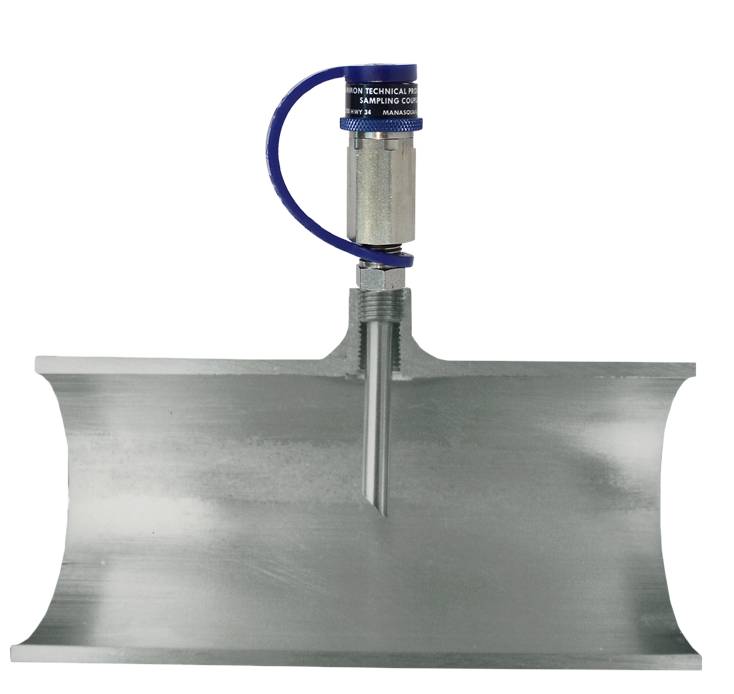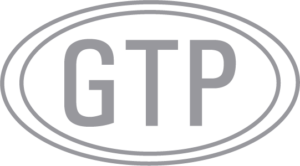GamGram 8: Las Especificaciones EI/API que Definen al Filtro Separador
¡Cumplir con especificaciones no es cosa sencilla!
Nos gustaría agradecer a Velcon Filtres por su ayuda en la elaboración de este GamGram.
La especificación EI-1581 se encuentra actualmente en su sexta edición. Este documento solía ser elaborado por el Instituto Americano del petróleo (API), pero ahora está bajo la responsabilidad del Instituto de Energía con sede en Londres y es conocido por las siglas EI. Estas especificaciones son reconocidas en todo el mundo como el No. 1 como guía para la realización del diseño, los ensayos y el rendimiento de elementos filtrantes coalescedores y separadores contenidos en las carcasas conocidas como filtros separadores.
Hay dos condiciones importantes dentro esta especificación que usted se debe cumplir:
- Sus filtros separadores deben tener los elementos adecuados en dependencia del tipo de carcasa, el grado y tipo de combustible y al caudal de operaciones de su sistema.
- Su carcasa debe tener los accesorios adecuados en perfectas condiciones técnicas para realizar su función.
En este GamGram, trataremos sobre la primera condición la cual ayuda a determinar si usted que tiene los elementos correctos en la carcasa adecuada a las condiciones operacionales y el caudal de su instalación.
Nuestras descripciones a continuación no deben considerarse como una la regla estricta. Por ejemplo, los filtros separadores tipo S-LW no deben ser seleccionados para ser colocados en los sistemas de hidrante donde el agua puede estar presente o no en cantidades significativas, esto sería una selección errónea, además la productividad y el caudal son otros factores a tener en cuenta. Un gabinete de abastecimiento de combustible corporativo pequeño tendrá menos productividad que una instalación de abastecimiento de combustible de una aerolínea.
Categorías
Esta especificación detalla diferentes “Categorías” para la clasificación de los filtros separadores. |debe determinar en cuál de ellas encaja el combustible con que opera su instalación. Esta es tu primera tarea.
| Categoría C | Corresponde a los usados con combustibles para la aviación comercial (Jet A o Jet A-1) con o sin adicción de aditivos tales como para mejorar la conductividad (SDA) o los inhibidores de la corrosión, mejoradores de la lubricidad (DCI4A). |
| Categoría M | Corresponde a los usados con combustibles para la aviación militar (JP-4, JP-5, JP-8, JP-5/8 ST, NATO F-34, NATO F35) que contienen los aditivos militares básicos que incluye el aditivo anticongelante (FSII, DiEGME o “Prist”), con o sin adicción de aditivos tales como para mejorar la conductividad (SDA) y inhibidores de la corrosión, pero no puede incluir el aditivo para mejorar la estabilidad térmica “+100” |
| Categoría M100 | Corresponde a los usados con combustibles para la aviación militar (JP-4, JP-5, JP-8, JP-5/8 ST, NATO F-34, NATO F35) que contienen el aditivo para mejorar la estabilidad térmica “+100” y además los aditivos militares básicos que incluye en la categoría M.
NOTA: El conjunto de elementos y las carcasas que cumplen con la categoría “M100” no son mejores ni iguales a la categoría “M”. Asegúrese de que el recipiente y los elementos de su filtro sean correctos para la aplicación específica, el combustible y los aditivos para su sistema. |
TIPOS
Su segunda tarea es determinar qué tipo de carcasa según la especificación es la correcta para su selección.
| Tipo S | Corresponde a las carcasas instaladas en lugares donde puede haber cantidades significativas de suciedad y agua. (Terminales de combustible, almacenes pre-aeropuertos y en los depósitos de aeropuerto). Este tipo es similar a la antigua especificación “Clase A” y “B”.Esta prueba se realiza con un 3 % de agua.
NOTA: Los sistemas calificados de tipo S se califican automáticamente para el tipo S-LD y S-LW, por lo que operar un filtro calificado para ese tipo S cubre todas las eventualidades. Una carcasa tipo “S” a menudo será más grande y costosa que una carcasa S-LW. |
| Tipo S-LW | Corresponde a los instalados en lugares donde se espera una cantidad mínima de agua (Equipos abastecedores de combustible: cisterna repostadores, carros de hidrantes y carretillas) Este tipo es similar a la antigua especificación “Clase “C”.La pueba se realiza con un ½ % de agua. En vez del estándar 3 %. |
IMPORTANTE: Si se utiliza una carcasa clasificada para una edición antigua, NO es tan simple pues no se trata solo seleccionar los elementos adecuados y colocarlos. Hay un cambio importante en la especificación actual que hace que su carcasa para el filtro separador no cumpla con los requisitos adecuados. Por ejemplo: si el filtro separador es un recipiente con orientación vertical y la placa interior que sostiene los elementos es plana (nos referimos a la placa que está dentro del recipiente) y perfectamente horizontal esa placa no cumple con las nuevas especificaciones porque según estas especificaciones debe tener una caída o inclinación hacia el desagüe o drenaje con el objetivo de eliminar el agua en su totalidad. Si desea utilizar esa carcasa esta tiene que tener cierta inclinación para ayudar al agua a escurrirse hacia el drenaje
Conclusiones
La selección de la carcasa adecuada así como colocar los elementos filtrantes correctos en su interior constituye un proceso sumamente complicado. El simple hecho de colocar cartuchos filtrantes calificados para la 5ta. Edición no significa que esté operando el filtro según los requisitos de la 5ta edición, para menor resultado necesita la ayuda de su compañía como órgano rector para hacer esto bien. Se debe respetar la cadena de responsabilidad, el orden y lugar requerido. Además, recomendamos utilizar como una buena fuente de asesoramiento al fabricante de filtros de combustible de aviación o al distribuidor oficial de su compañía.
Al hacer una orden de nuevos elementos filtrantes para una carcasa existente, proporcione a su proveedor de elementos filtrantes la siguiente información: (Se puede solicitar un formulario a su proveedor que lo haga más fácil el cual registra todo en un solo lugar, hasta el número de la junta):
- Modelo, número y marca de la carcasa.
- El caudal máximo actual de operaciones de su instalación así como el que tiene la placa de la carcasa.
- El número de parte y la cantidad de cada uno que tiene instalado en su carcasa.
- La categoría y el tipo de carcasa. Si no tiene esos datos entonces describa su sistema con la posición del filtro y los récords históricos de contenido de agua y partículas.
- Los clientes y el tipo al que se le provee el combustible (aviación general, aerolínea o militares)
- Tipo de combustible que suministra
Al hacer los cambios de los nuevos elementos o fabricante garantice una hoja de datos de clasificación por similitud que muestre la correspondencia de esos elementos colocados en la carcasa acorde a la categoría y el tipo solicitado No solo se requiere una hoja de datos con los cálculos de similitud para cada recipiente, también, se debe colocar en el recipiente una placa no ferrosa de identificación grabada. Que detalle los siguientes datos, modelo del recipiente, los modelos de elementos instalados y el caudal para el cual está calificado. Al cambiar de una marca a otra también se debe cambiar la placa de identificación. Las etiquetas autoadhesivas no cumplen con los requisitos de la especificación pues se degradan con el tiempo.
Cuando tenga la necesidad de adquirir una carcasa nueva esta debe tener siguiente información:
- El caudal máximo operacional de su instalación.
- La presión máxima que puede alcanzar el sistema.
- La categoría y el tipo de carcasa que se necesita y si tiene dudas describa su sistema, donde se coloca el filtro (carga de carros repostadores, descarga de combustible en un repostador, etc.), el historial de contaminante agua /partículas.
- La orientación de preferencia horizontal o vertical (cada tipo tiene sus ventajas y desventajas).



